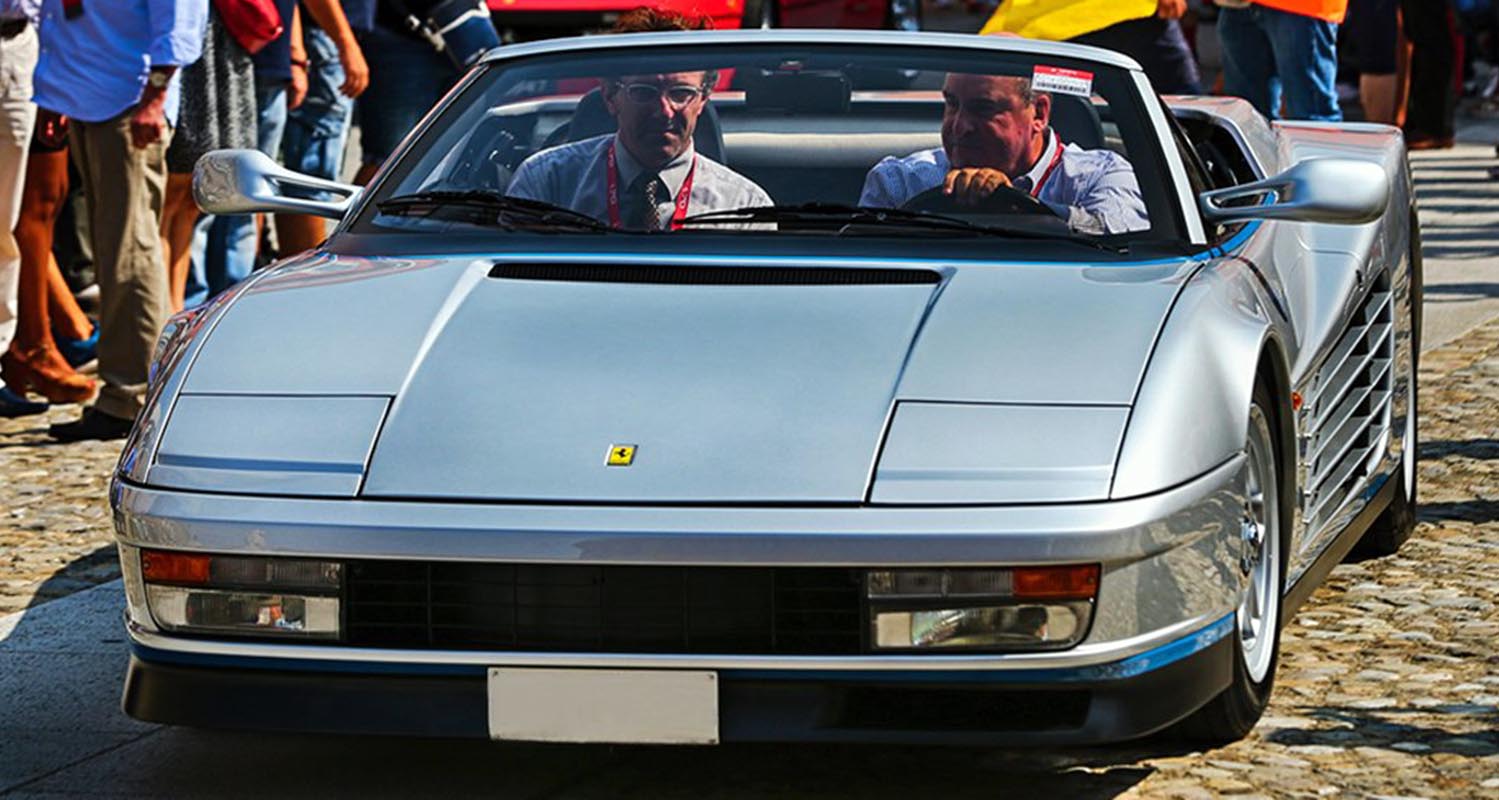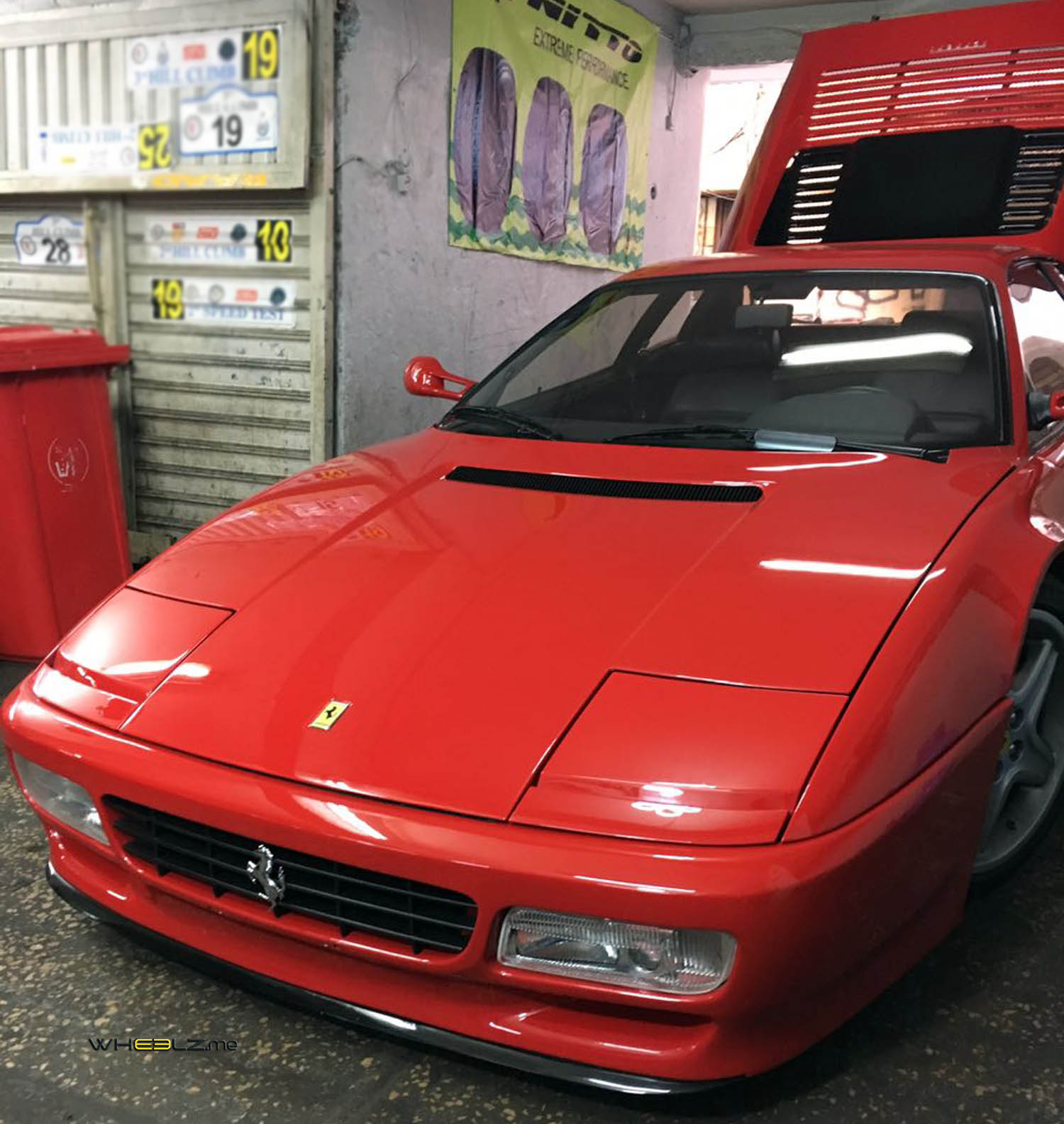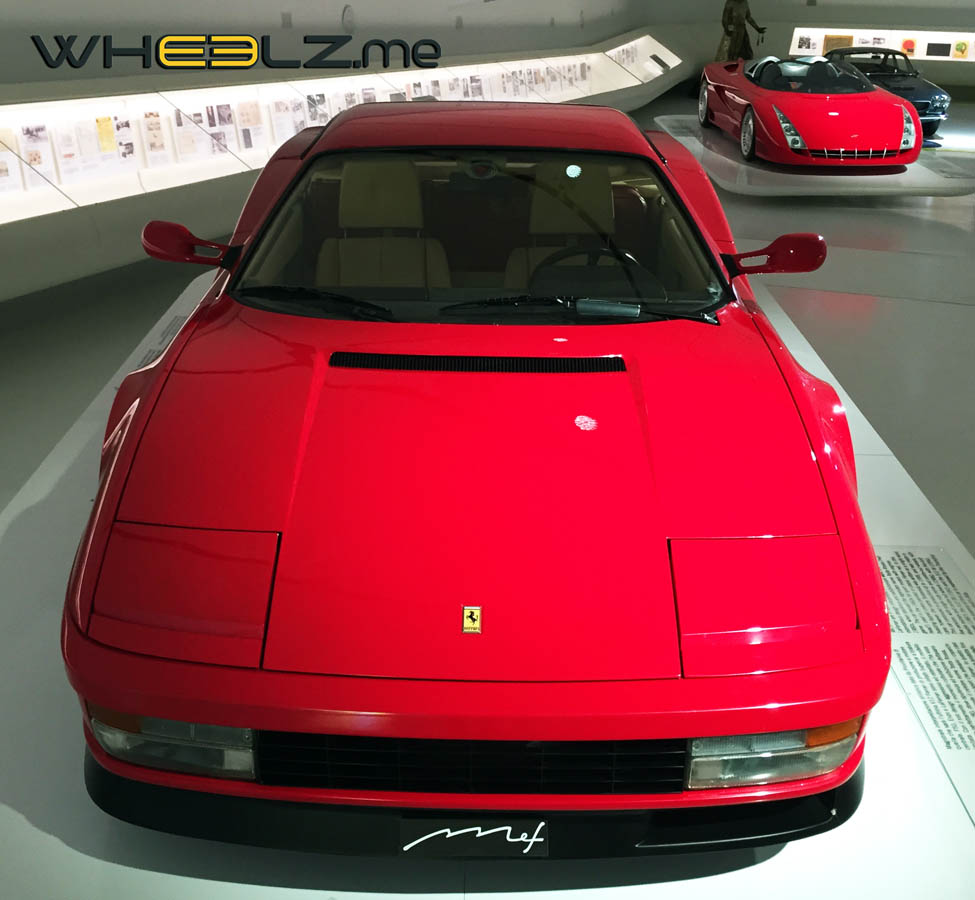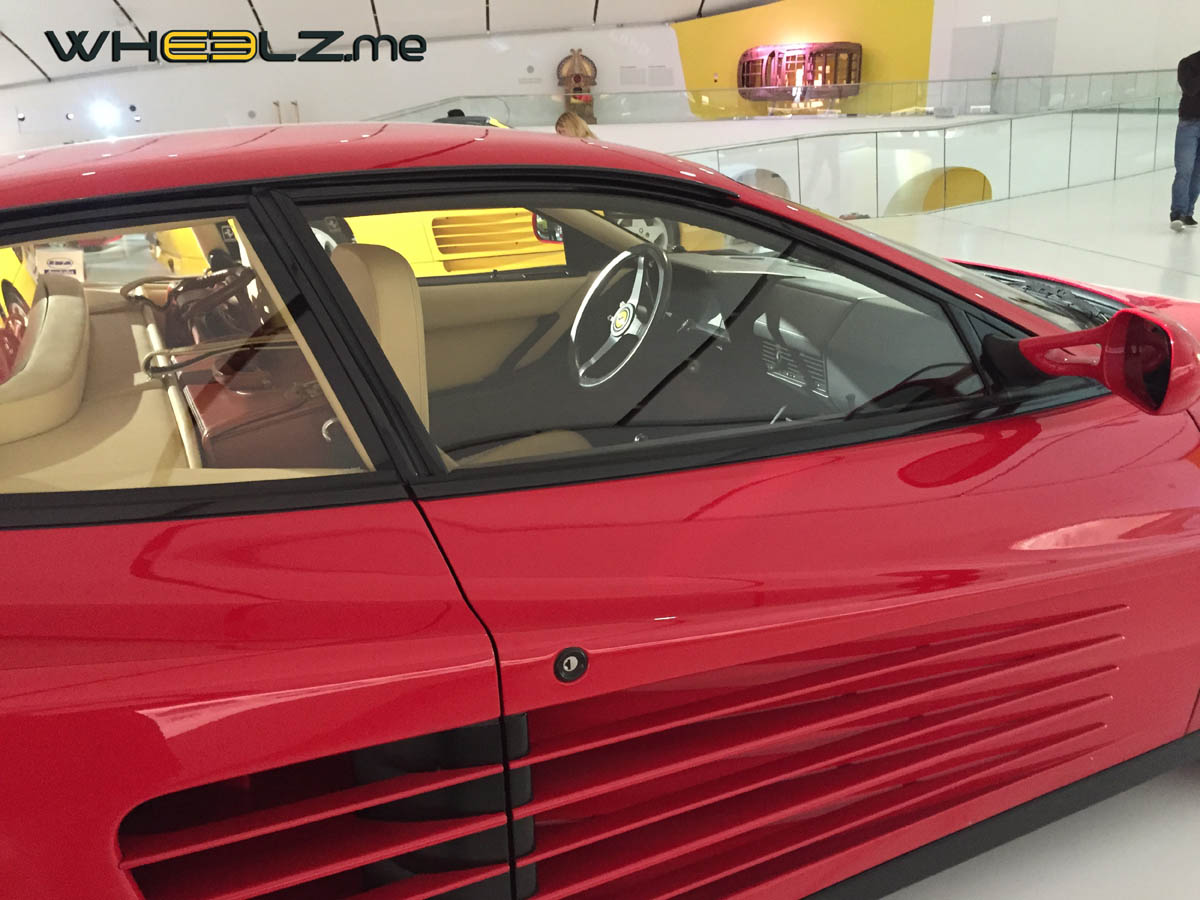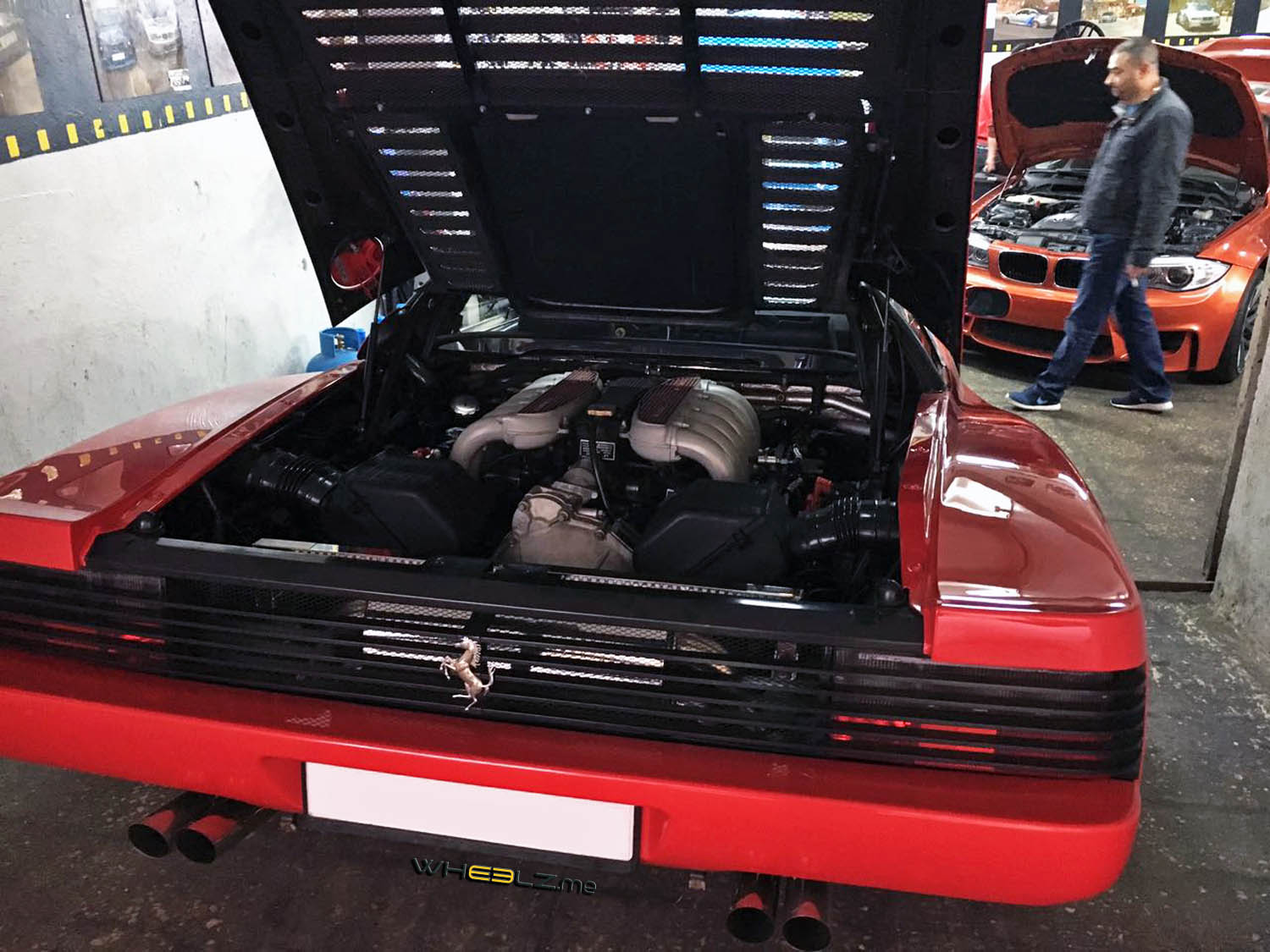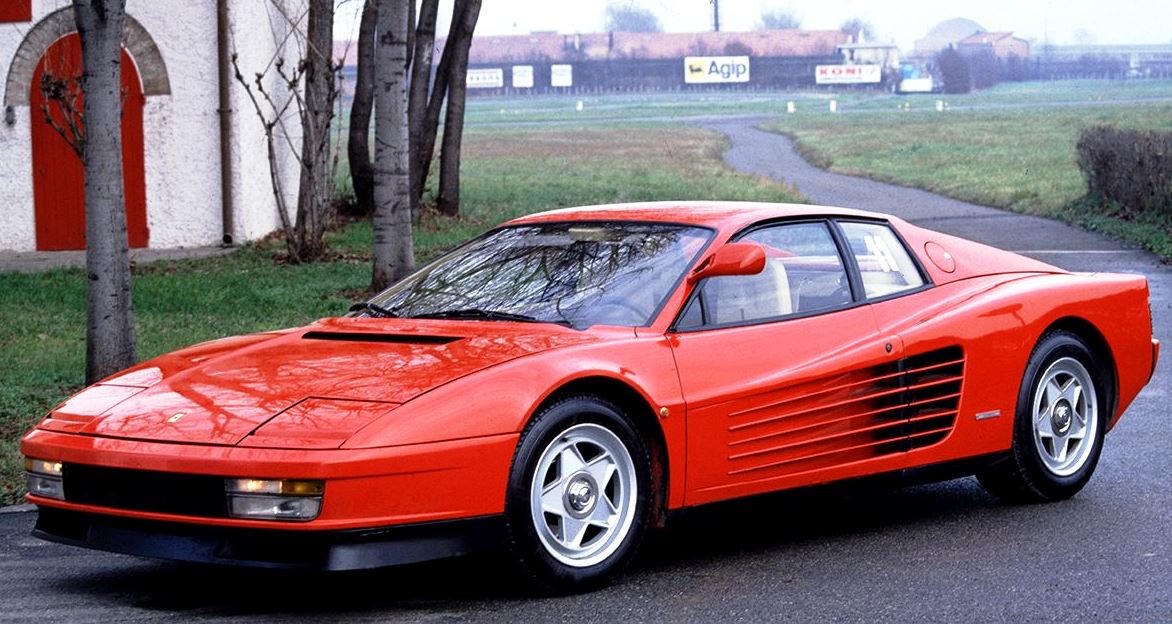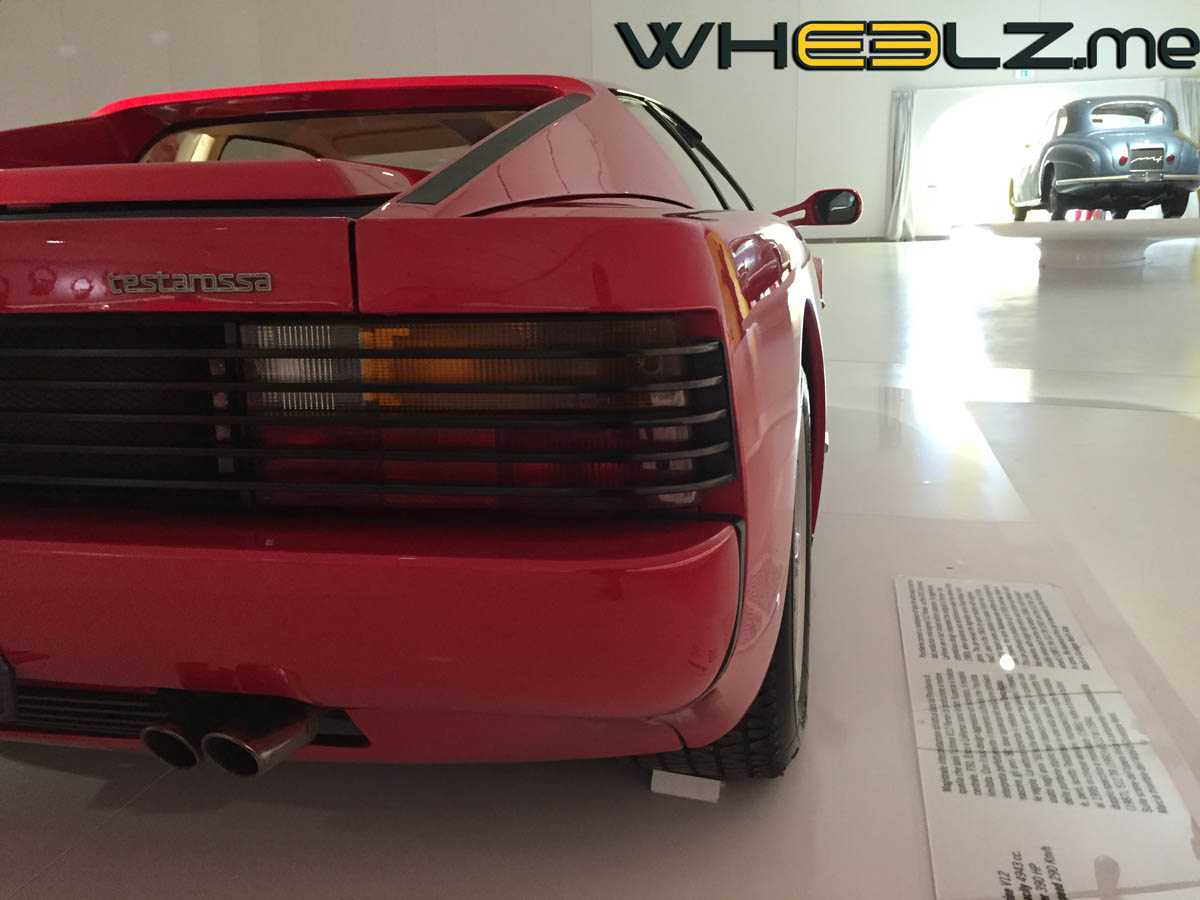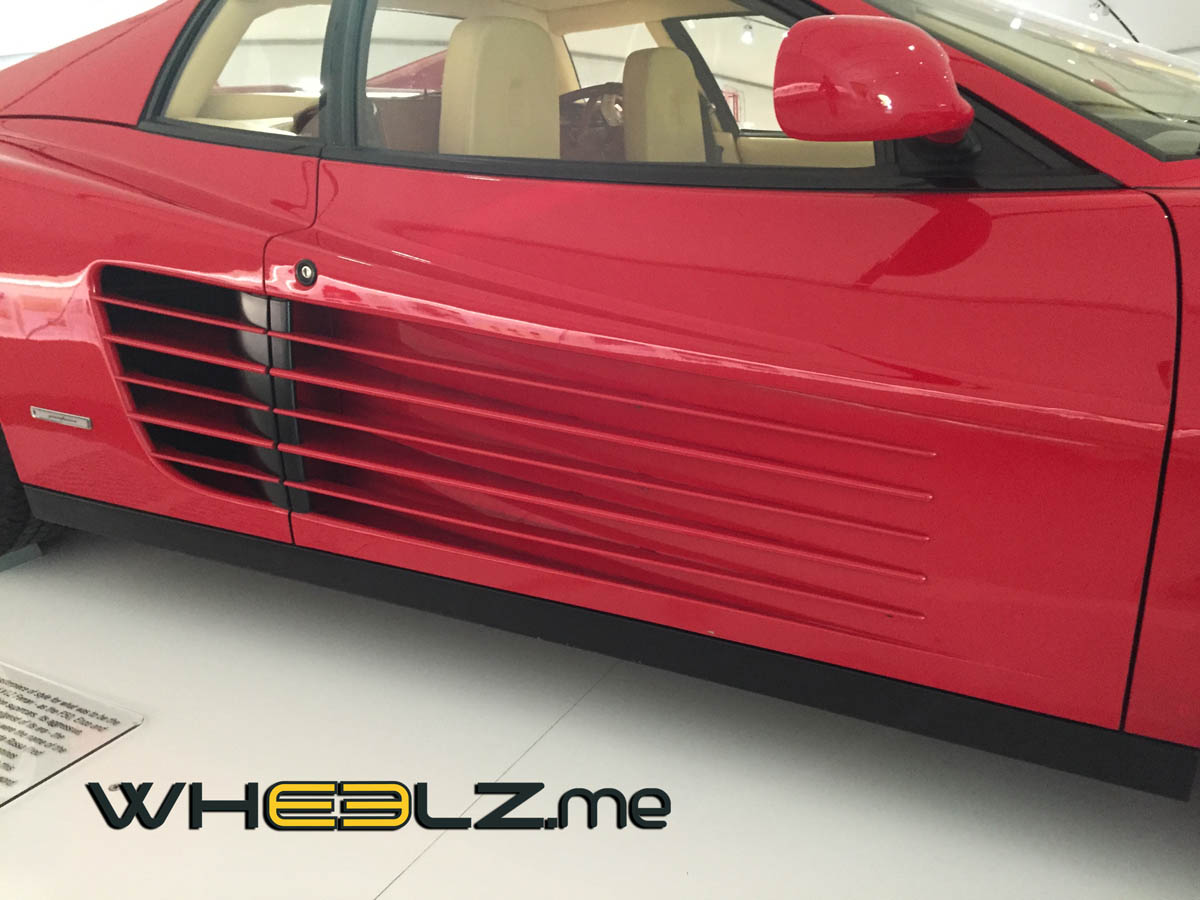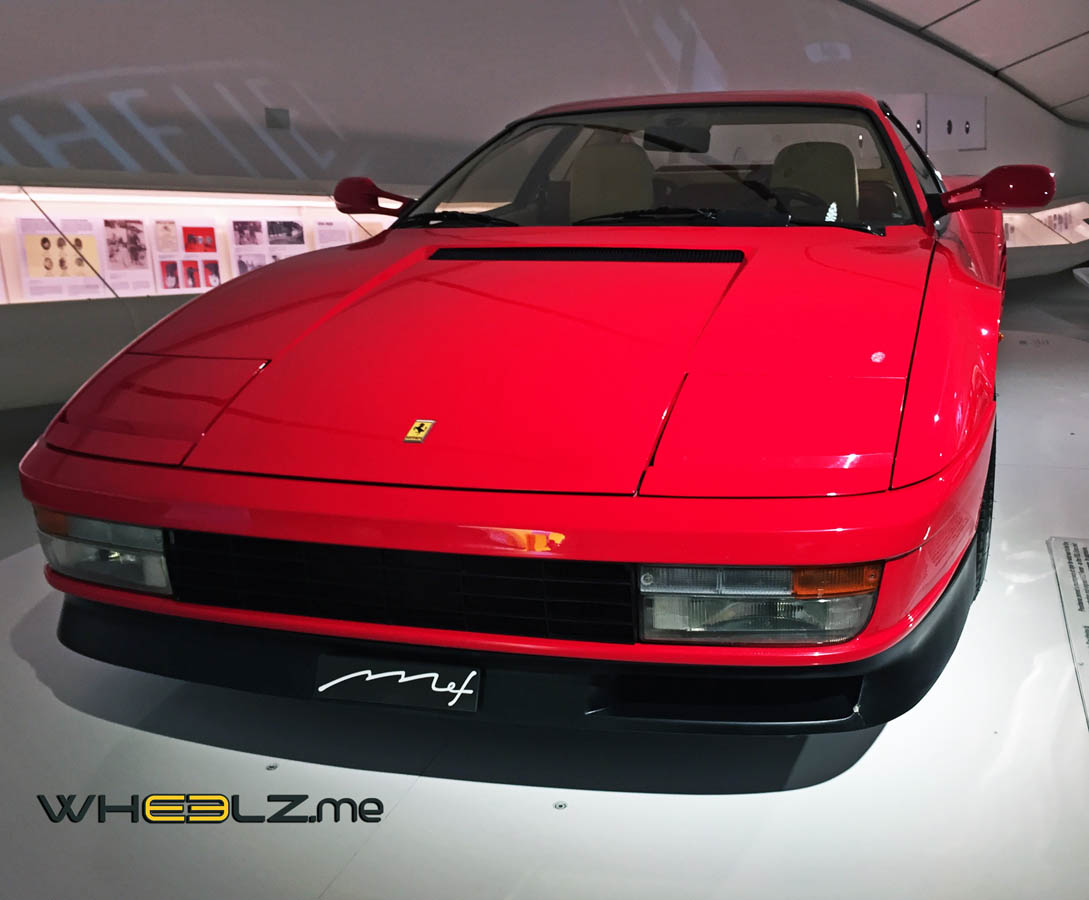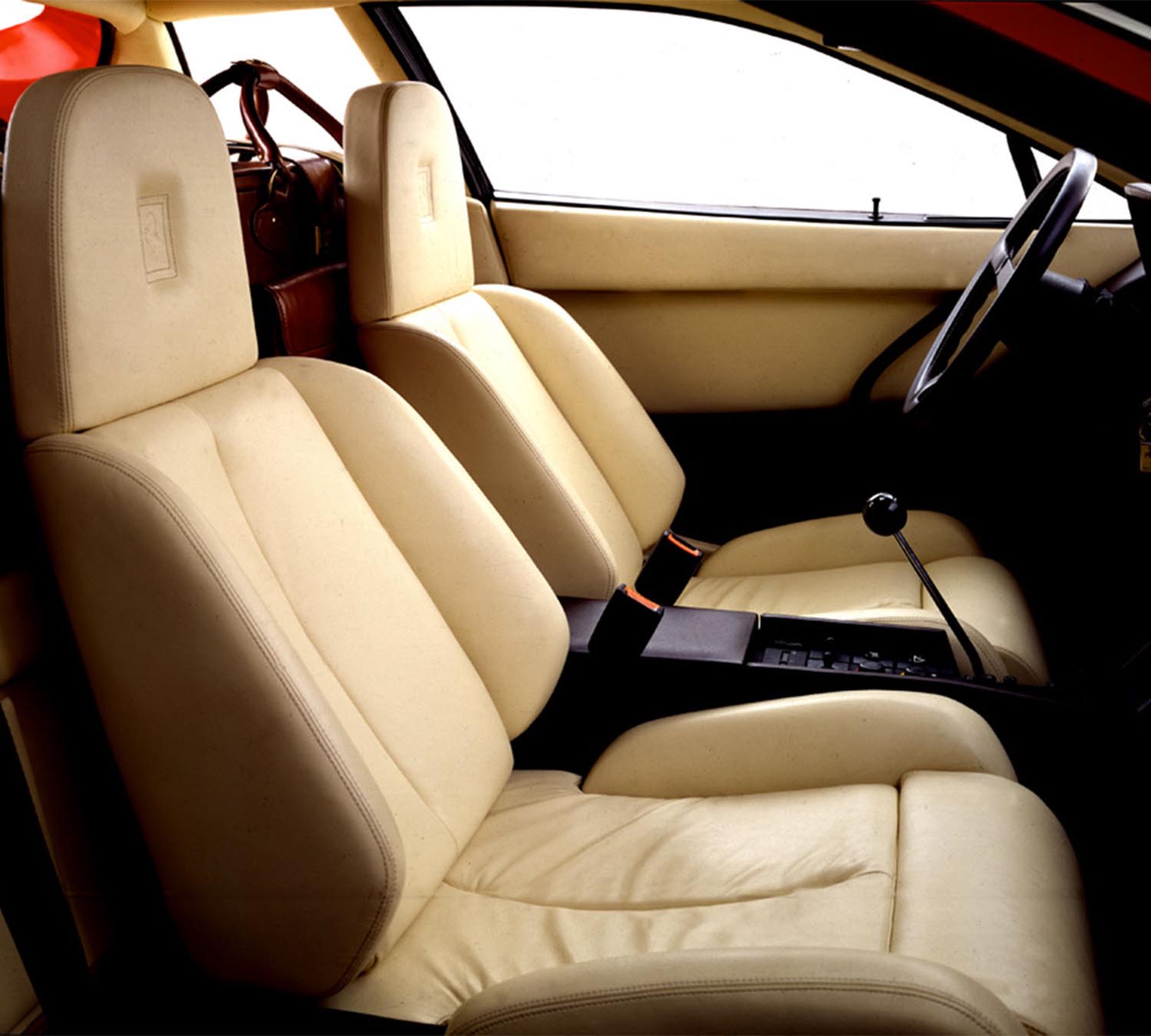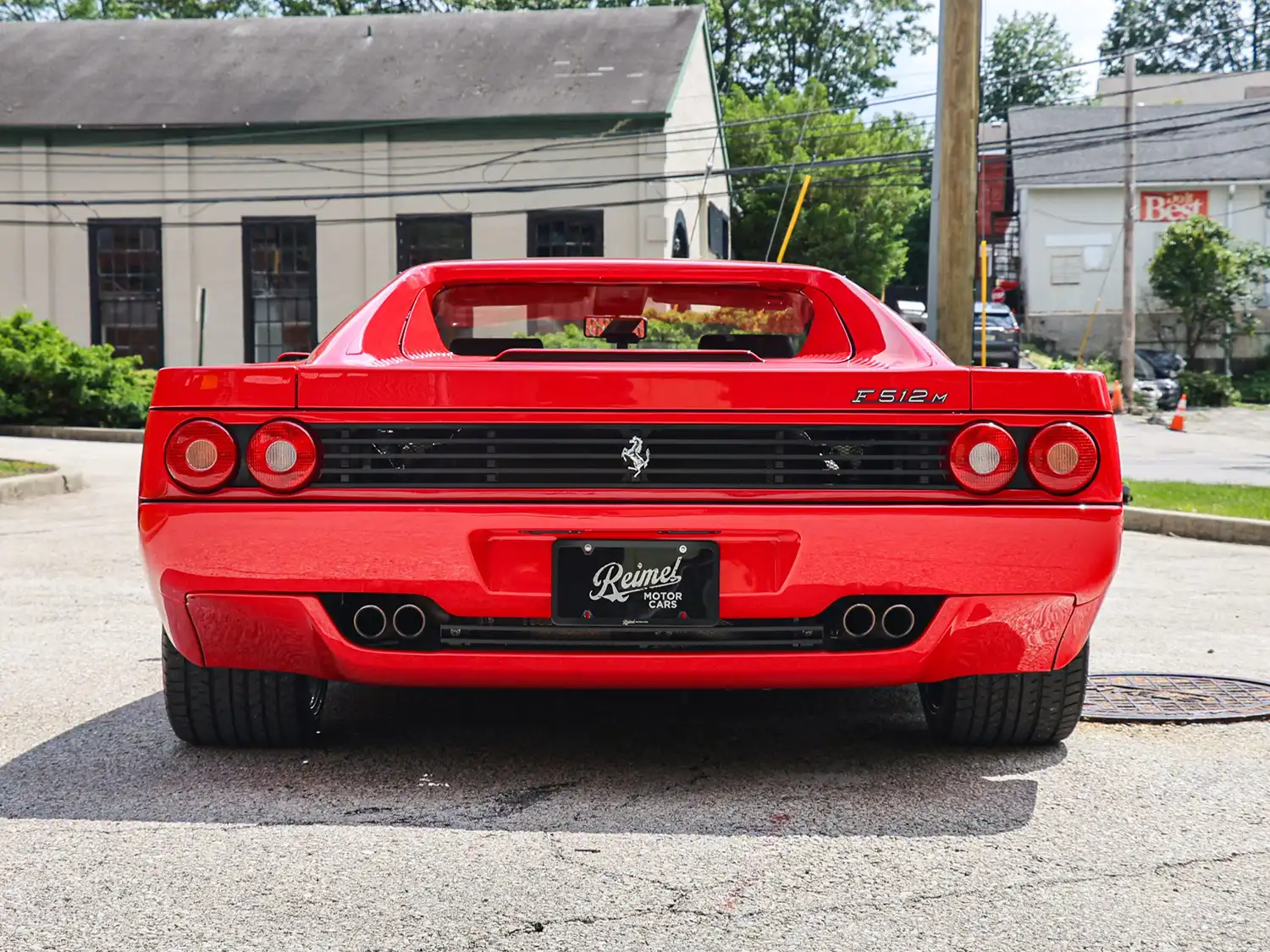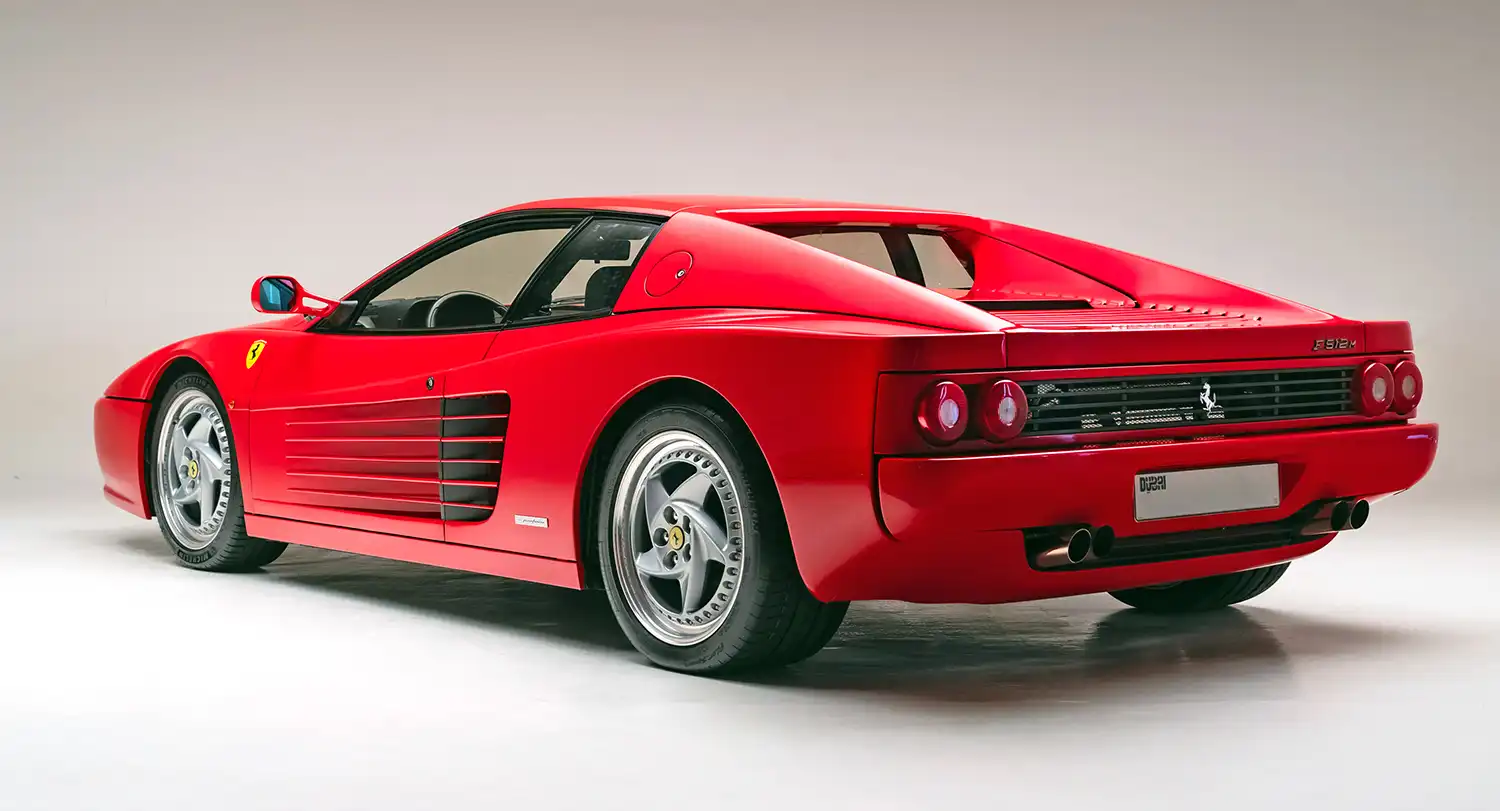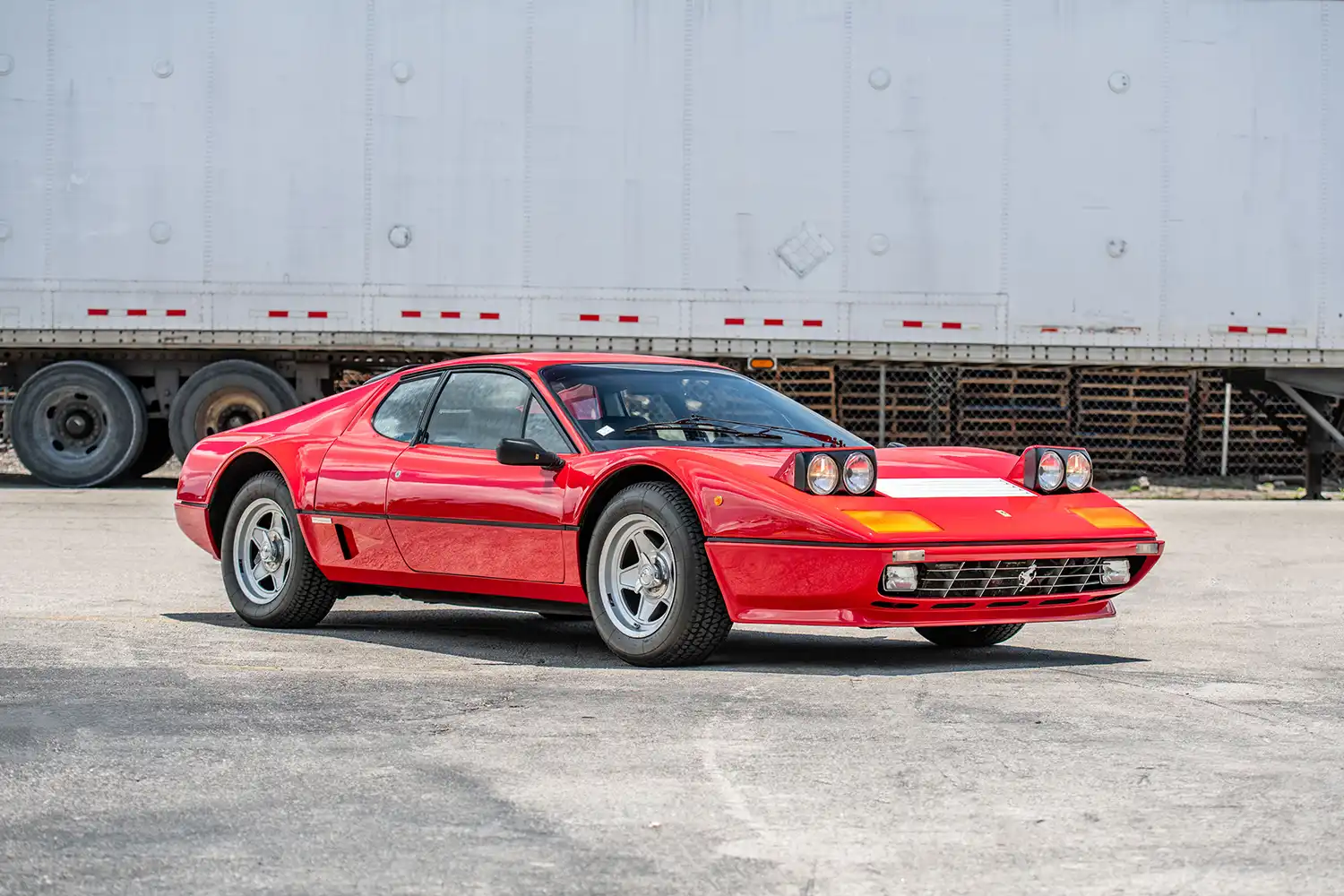
The Testarossa is an iconic sports car produced by Ferrari from 1984 to 1996. It was succeeded by the Ferrari 512 TR and later the Ferrari F512 M, which improved upon its design and performance while maintaining the essence of the original Testarossa.
The Ferrari Testarossa remains a beloved classic among automotive enthusiasts, revered for its distinctive design, exhilarating performance, and cultural significance.
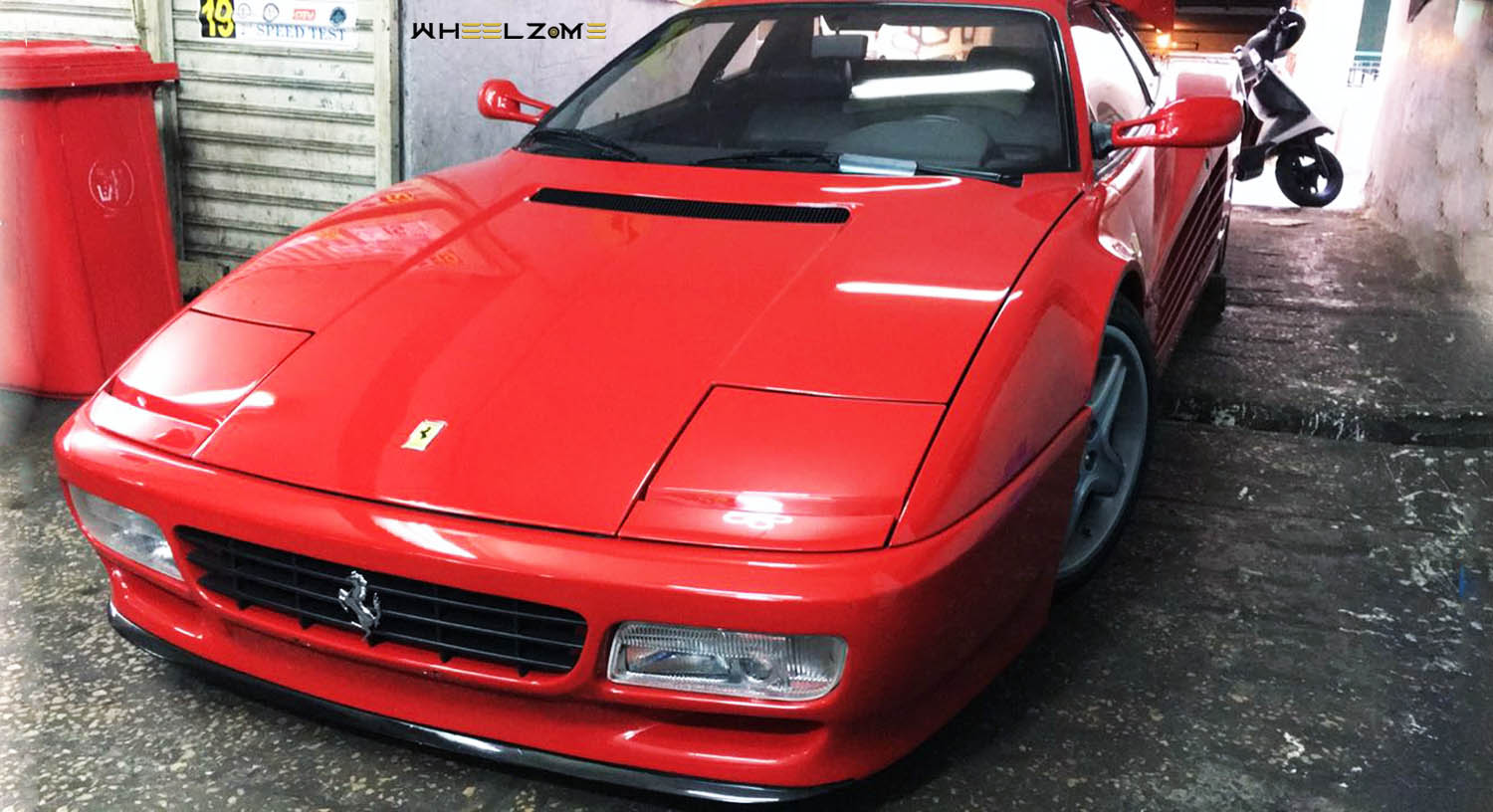
Specs and Performance
The Testarossa is powered by a mid-mounted, 4.9-liter flat-12 engine. It features a horizontally opposed cylinder configuration, which gives it a low center of gravity. The engine produces around 390 horsepower (291 kW) and 361 lb-ft (490 Nm) of torque. This power is transmitted to the rear wheels through a 5-speed manual transmission.
The Testarossa is capable of accelerating from 0 to 60 mph (0 to 97 km/h) in approximately 5.2 seconds and has a top speed of around 180 mph (290 km/h).

Design
The design of the Ferrari Testarossa is credited to Pininfarina, one of the most renowned Italian automotive design firms. The chief designer responsible for the Testarossa’s iconic styling was Leonardo Fioravanti.
Leonardo Fioravanti, who was born in 1938, joined Pininfarina in 1964 and quickly rose through the ranks to become the company’s Chief Designer. During his tenure, he oversaw the design of numerous iconic cars, including several Ferrari models.
The Testarossa’s design, which debuted in 1984, was a departure from its predecessor, the Ferrari Berlinetta Boxer. Fioravanti and his team aimed to create a visually striking and aerodynamically efficient design that reflected the car’s performance capabilities.
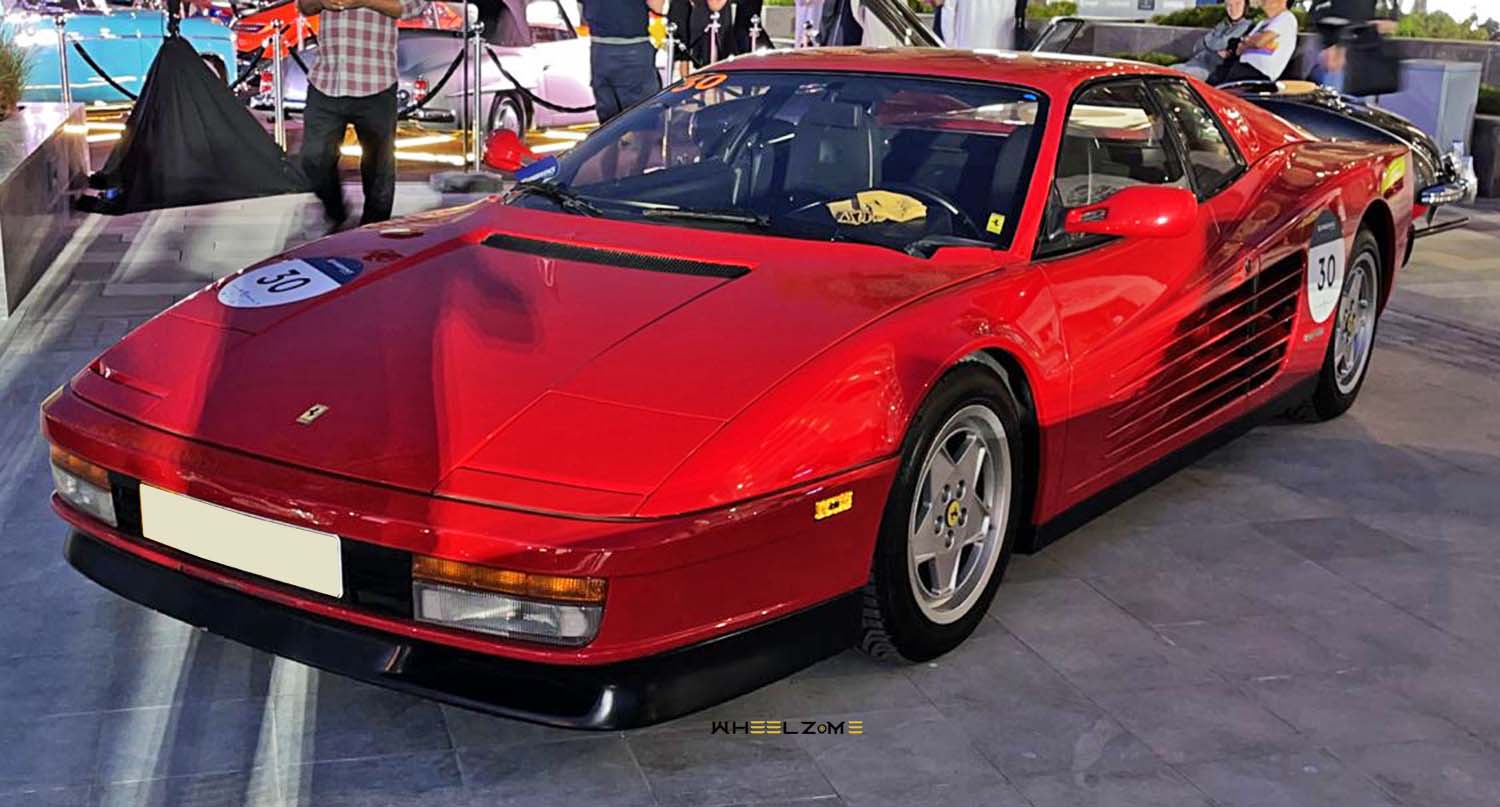
Key design elements of the Testarossa include:
-
- Distinctive Side Strakes (Cheese Graters): These large, angular side vents not only added to the car’s aggressive appearance but also served a functional purpose by aiding in engine cooling.
- Wide and Low Stance: The Testarossa’s wide track and low-slung profile contributed to its stability and handling characteristics while also enhancing its visual presence.
- Pop-Up Headlights: The Testarossa featured retractable headlights, a signature design trait of many sports cars from that era.
- Clean Lines and Sculpted Body: Fioravanti and his team sculpted the Testarossa’s body to be sleek and aerodynamic, with flowing lines that accentuated its performance-oriented nature.
Overall, the Ferrari Testarossa’s design, conceived by Leonardo Fioravanti and executed by Pininfarina, remains an enduring symbol of 1980s automotive design and continues to captivate enthusiasts worldwide.
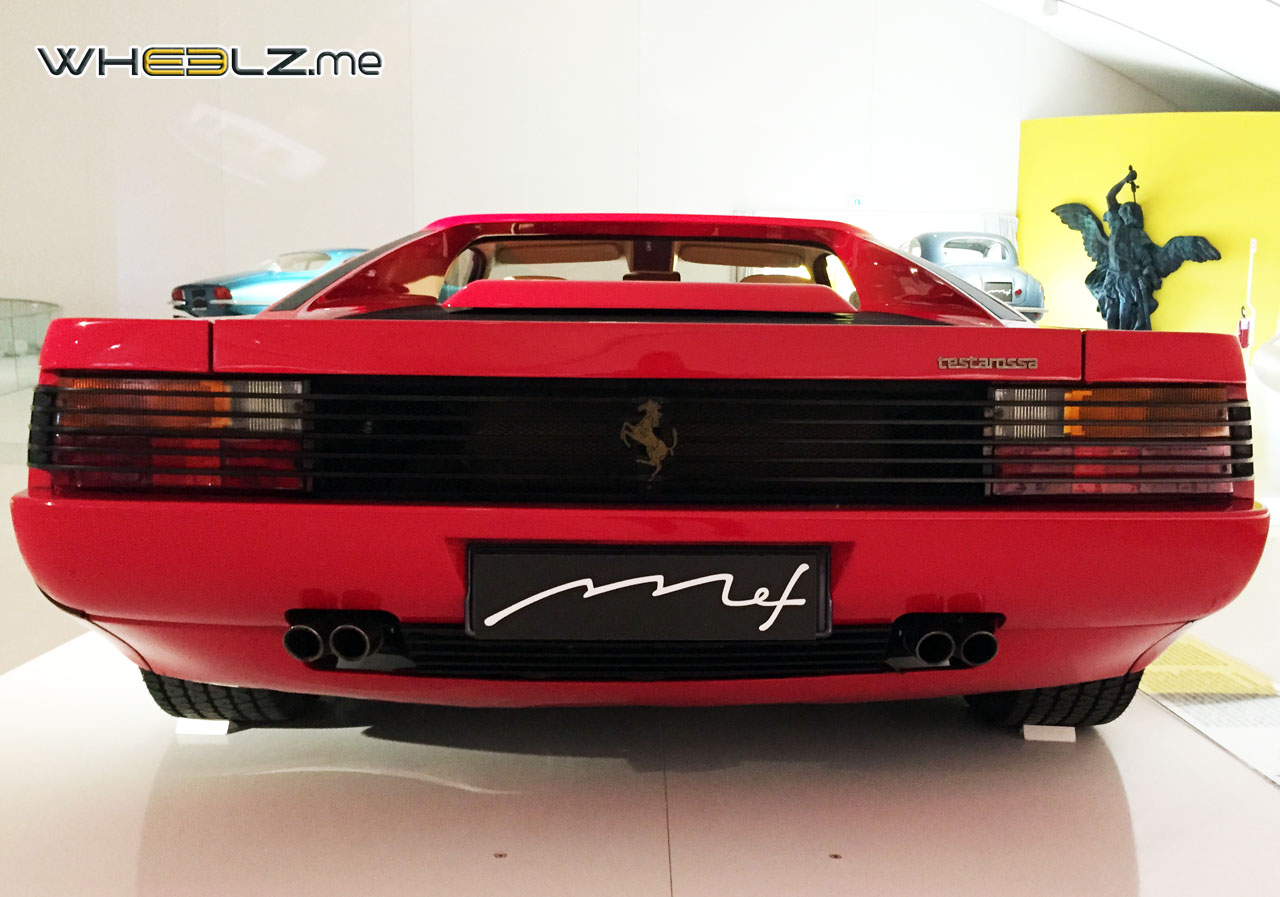
The Testarossa features a luxurious interior with high-quality materials, comfortable seats, and a driver-focused cockpit. However, it’s worth noting that being a supercar from the 1980s, it lacks some modern amenities found in contemporary vehicles.
Legacy
The Testarossa gained widespread fame and became an icon of its era, appearing in various movies, TV shows, and video games. Its timeless design and impressive performance have solidified its place in automotive history.
This article uses material from Chatgpt
